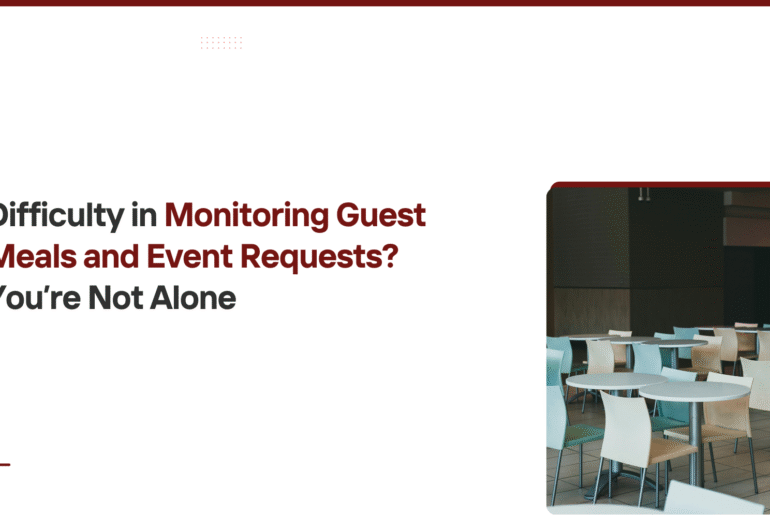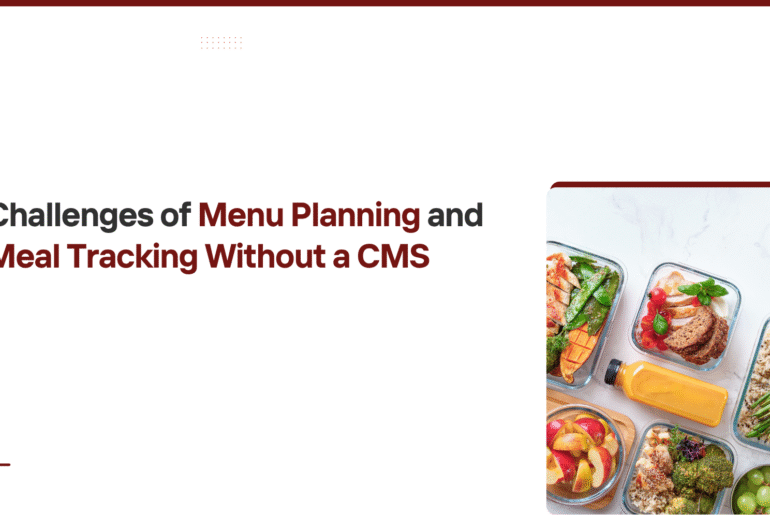Top 10 Challenges in Traditional Hazard Reporting Systems – While hazard reporting is crucial for workplace safety, many organizations still rely on outdated systems. Traditional Hazard Reporting Systems come with a host of limitations that can undermine safety efforts and put employees at risk. In this blog post, we uncover the these systems pose and why modern solutions are the need of the hour.
Traditional Hazard Reporting Systems
Top 10 Challenges
1. Paper-Based Processes
Most traditional systems rely on paper forms, which are often misplaced, incomplete, or illegible. This leads to delays and lost information, increasing the risk of unresolved hazards.
2. Delayed Reporting
Employees may take days to report a hazard due to inconvenient or inaccessible reporting methods, allowing risks to persist unchecked.
3. Lack of Accountability
Without real-time tracking or digital trails, it’s hard to determine who is responsible for taking action, often resulting in unresolved issues.
4. Inconsistent Reporting Standards
Different teams or departments may follow varying procedures, making it difficult to compare data or assess company-wide safety trends.
5. Limited Employee Engagement
Cumbersome processes discourage employees from reporting hazards, especially if there is no incentive or recognition for doing so.
6. No Centralized Database
Information remains siloed in filing cabinets or spreadsheets, making it nearly impossible to analyze trends or generate comprehensive safety reports.
7. Time-Consuming Follow-Ups
Manual follow-ups with multiple stakeholders often take days, leading to extended exposure to hazards and frustrated employees.
8. Poor Communication
There is often no structured way to notify all relevant parties about reported hazards, causing delays in action and miscommunication.
9. Inefficient Record-Keeping
Traditional systems lack a streamlined method for archiving hazard reports, making audits and inspections difficult to manage.
10. Lack of Real-Time Insights
Organizations cannot access real-time data or generate meaningful analytics to proactively manage safety.
The Solution: A Modern Hazard Reporting Tool
To overcome these challenges, businesses need a centralized, digital hazard reporting tool that allows:
- Instant mobile reporting
- Automated workflows and alerts
- Real-time status updates
- Visual documentation (photos/videos)
- Analytics dashboards for proactive safety management
Conclusion
Traditional Hazard Reporting Systems are no longer effective in today’s fast-paced, high-risk work environments. From inefficiencies to accountability gaps, the limitations are too many to ignore. By transitioning to a digital hazard reporting tool, organizations can build a safer, more responsive workplace.
Ready to leave behind the inefficiencies of traditional systems? Talk to our experts and take the first step towards smarter safety today.




